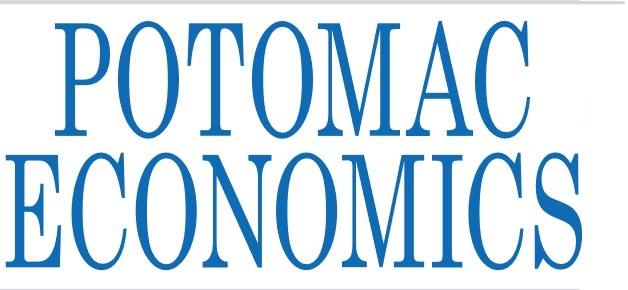For twenty years, Potomac Economics (PE) has been the Independent Market Monitor for four of the regional power markets in the U.S. The U.S. Nuclear Energy Institute (NEI) asked PE to carry out an evaluation of the economic viability of nuclear power plants in the Pennsylvania New Jersey Maryland Interconnection LLC (PJM) wholesale electricity market.
PJM is a regional transmission organization that coordinates the movement of wholesale electricity in all or parts of Delaware, Illinois, Indiana, Kentucky, Maryland, Michigan, New Jersey, North Carolina, Ohio, Pennsylvania, Tennessee, Virginia, West Virginia and the District of Columbia. The region covered by PJM contains thirty one of the ninety-four operating nuclear power plants in the U.S.
The PE analysis is titled A Review of Nuclear Costs and Revenues in PJM. It accurately evaluates the “avoidable” costs of PJM’s fleet and compares them to “realistic” revenues from PJM’s energy, ancillary services, and capacity markets. The evaluation also recognizes operational and market risks that must be considered in accurately assessing the costs of the continued operation of nuclear plants.
The PJM analysis found that declining energy prices and associated revenues in recent years have significantly reduced the net revenues of all of PJM’s nuclear resources. The report said, “As energy prices have fallen to their lowest levels in decades in 2020, we find it unlikely that any of the nuclear resources in PJM are covering their costs. Although all of the forward energy prices are significantly higher than the prevailing prices in 2020, we find that it is unlikely the market revenues will be sufficient to allow any of the resources to be viable to remain in operation, with the possible exception of very lowest-cost resources.”
If the PJM markets change to better reflect the value of carbon emissions, the economic outlook for nuclear resources would improve since they emit no carbon. (Actually, despite what the report said, nuclear power emits a lot of carbon during construction so it would be better to call it “low carbon”.)
The NEI said that the analysis by the PE is a “wakeup call.” Matt Crozat is NEI Senior Director of Strategy and Policy Development. He said, “These results paint a dim picture for the financial viability of most of the nuclear resources in the PJM region. Often, there are two key aspects of nuclear economic analyses that get overlooked." He noted that the first of these aspects is the financial costs and risks involved with operating large plants borne by owners. The second aspect is the use of unrealistic or over-optimistic revenue forecasts.
Crozat said, "However, the Potomac Economics report sets the record straight by basing their analysis on realistic market-based prices. By utilizing true avoidable costs and a reasonable revenue estimate, the report demonstrates that nuclear plants are not viable. Through Potomac Economics' analysis, it is clear that the economic hurdles facing nuclear plants in PJM are significant. Energy policies can be enacted to overcome these hurdles, but reforms to federal and state policies are needed quickly.”
During the past ten years, ten states in the PJM region and the District of Columbia have put in place policies like renewable portfolio standards or zero-emission credits to cut emission. Crozat said, “Yet federally regulated energy markets do not properly value carbon-free energy and thus are pushing nuclear plants out, while policy experts are coming to exactly the opposite conclusion. Policymakers need to enact policies that properly value our largest source of carbon-free energy in order to have any hope of achieving a clean electricity sector and protecting the climate.”
Over the past two years, nuclear power reactors at Three Mile Island and Oyster Creek in the PJM region have been retired. Planned closures of reactors at the Davis-Besse and Perry plants were rescinded in 2019 after the state of Ohio passed a billed that provided clear energy credits for zero-emission. Last year Exelon announced that it intended to close a total for four reactors at the Byron and Dresden plans in 2021 because of market conditions. The PE report said that “Based on the results shown in this study, other PJM nuclear units are at risk of early retirement due to deteriorating economic conditions and the fact that carbon emissions are not effectively priced in the PJM region.”
